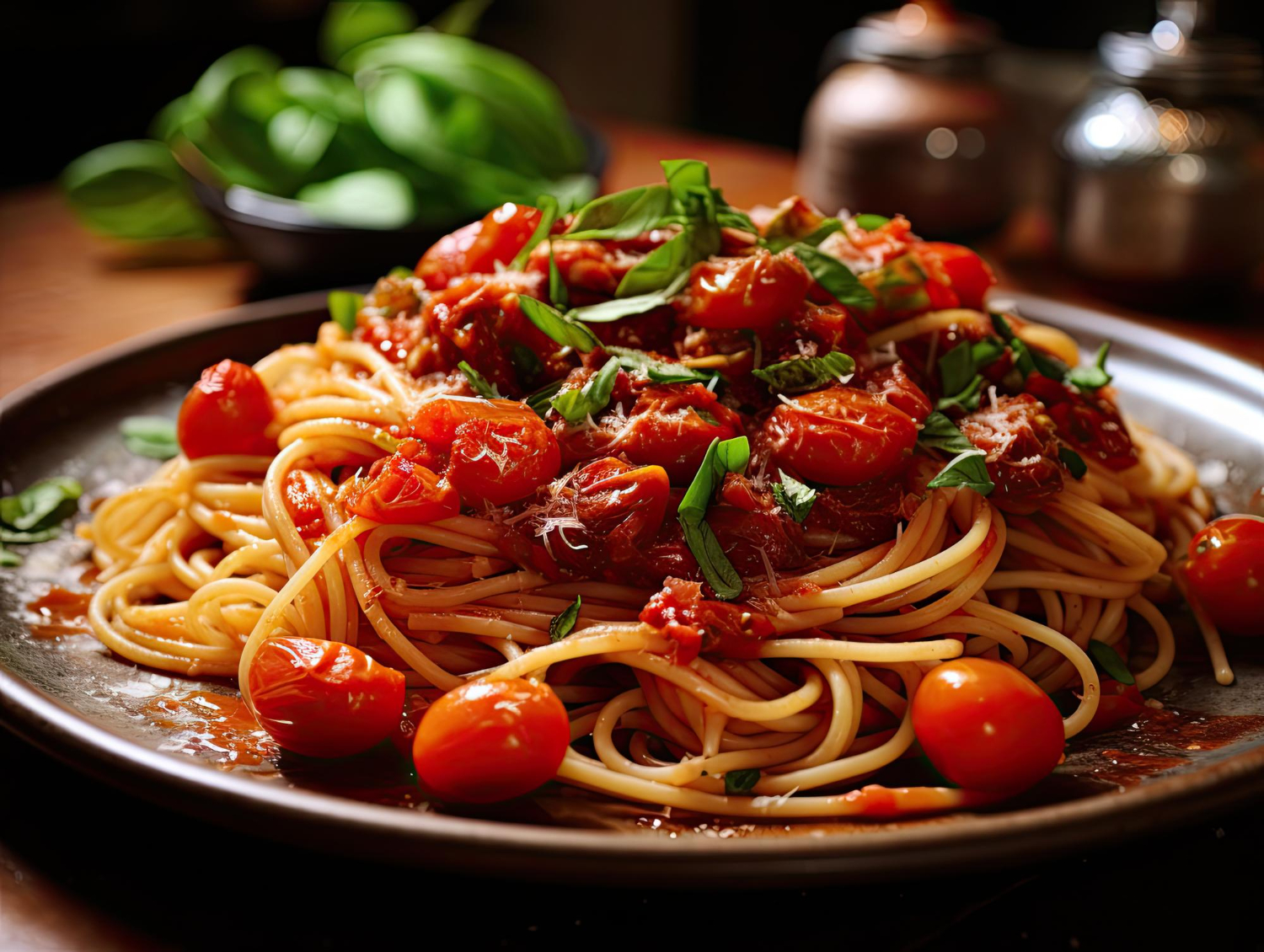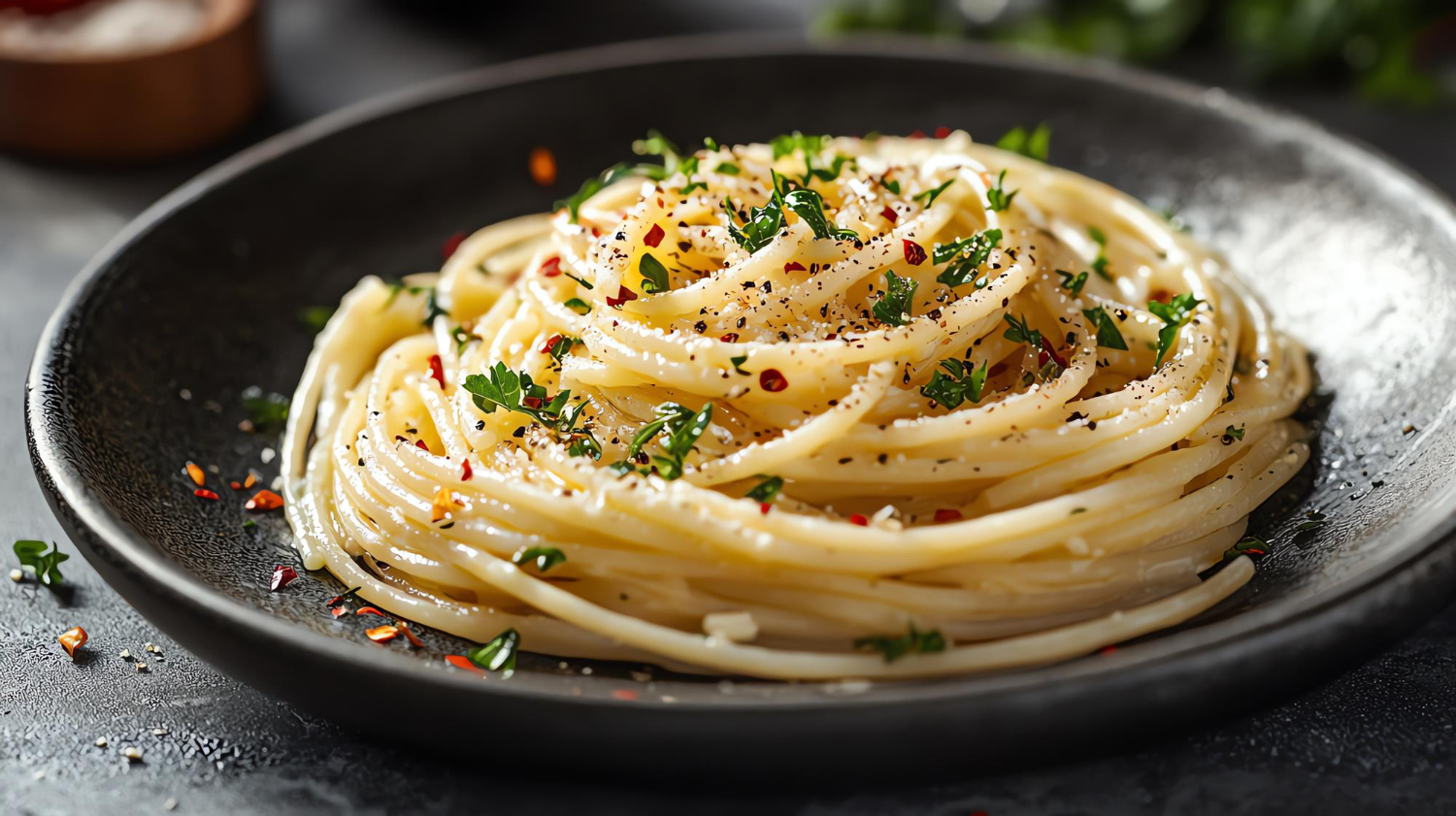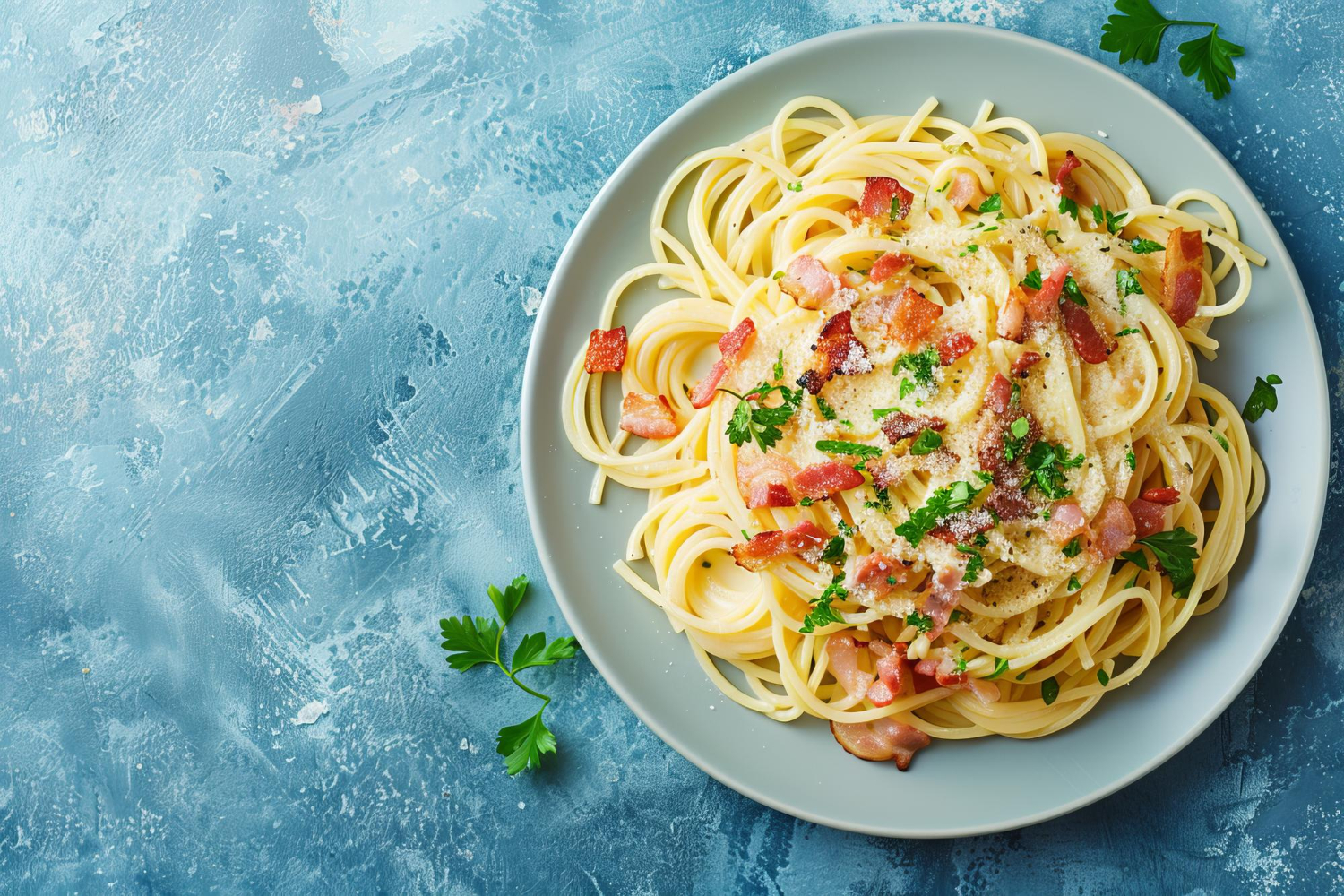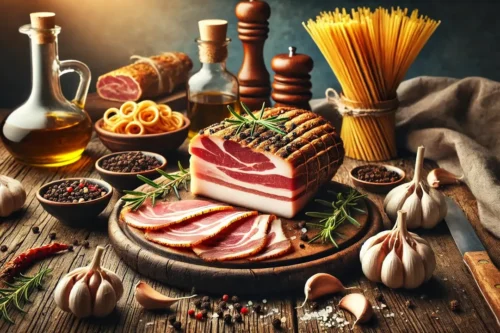Photo: Freepik
Photo: Freepik But really, who knows when you’ve got the authentic Carbonara? Mostly, amidst a host of popular misconceptions and modern spins, there’s a dish suffused with tradition and popping with just the right flavors. Even though no exact tracing back of its roots is available, many associate the beginnings of Spaghetti alla Carbonara to the 20th century.
Some even claim it’s an offshoot from the American GIs “ration” during World War II, wherein bacon & eggs were complimented with Italian pasta. Some claim that it is an offering of shepherd’s from the Roman campagna with guanciale, eggs, and Pecorino Romano which nowadays they consider as gourmet. Its supposed history Carbonara contains the flavors of cream, smoke, and savoriness that has made it famous worldwide.
Actually, Carbonara pasta is really very simple: pasta eggs Pecorino Romano cheese guanciale pepper. The original recipe is without cream, garlic, and onions in the dish’s signature but purely from the perfect emulsion of whisked eggs and starchy pasta water. Thus, it produces a sauce so much adhering to every strand of spaghetti.
Selection of ingredients also affects the attainment of this ideal proportion. Aged pork cheek gives that distinct note of the dish and that luxurious fat. Pecorino Romano provides bite from the sheep’s milk and sharpness, and the black pepper freshly ground enhances its fragrant spiciness. It’s a balance you feel as if was thought out and had to be there.
The richness of the eggs and guanciale can, at first, be a bit too much for the palate, but the salty kick of Pecorino and the slight spiciness of the pepper balance this out, making for a bright and tasty dish. If the pasta is cooked just right, and dressed with these ingredients, it has a delectant yet feathery delicacy; all solace without any trouble.
Spaghetti Carbonara
4
servings4
minutes8
minutes131
kcalIngredients
400g (14 oz) spaghetti
200g (7 oz) guanciale (cured pork cheek) or pancetta
4 large eggs
100g (3.5 oz) Pecorino Romano cheese, finely grated
Freshly ground black pepper
Salt
2 cloves of garlic (optional)
Olive oil (optional)
Directions
- Prepare the Pasta:
- Bring a large pot of salted water to a boil. Add the spaghetti and cook until al dente, following the package instructions.
- Prepare the Guanciale:
- While the pasta cooks, cut the guanciale into small cubes or strips.
- Heat a large skillet over medium heat. Optionally, add a small amount of olive oil to prevent sticking. Add the guanciale and cook until it becomes crispy and golden. If desired, add garlic cloves for flavor, but remove them once they turn golden to prevent bitterness.
- Prepare the Sauce:
- In a medium bowl, beat the eggs and mix in most of the grated Pecorino Romano cheese, reserving a little for serving. Season the egg mixture with a generous amount of freshly ground black pepper.
- Combine and Serve:
- Once the pasta is cooked, reserve a cup of the pasta water and then drain the spaghetti.
- Quickly add the hot spaghetti to the skillet with the guanciale. Remove the skillet from heat.
- Pour the egg and cheese mixture over the pasta, stirring quickly to create a creamy sauce. The residual heat from the pasta will gently cook the eggs without scrambling them. If the sauce is too thick, add a bit of the reserved pasta water to reach your desired consistency.
- Taste and adjust the seasoning with salt and additional black pepper if necessary.
- Plate and Garnish:
- Serve the pasta immediately, topped with the remaining Pecorino Romano cheese and an extra grind of black pepper.
















